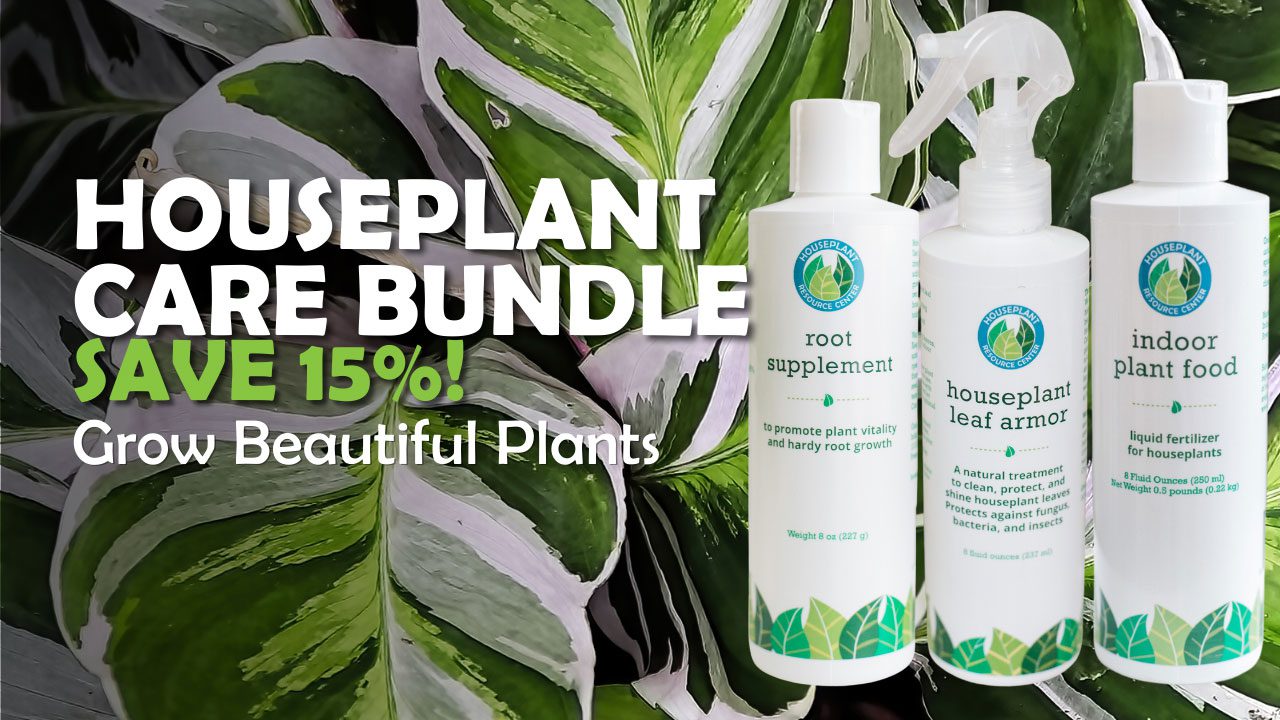Spider Plants
Houseplants can be intimidating when you’ve never taken care of them before. But like any other skill, you can get better with practice.
So the best thing to do is start out with a hardy, easy plant so you can dip your toes in the wonderful world of houseplants.
You’ve got to start somewhere, and there’s no better beginner houseplant than a spider plant.
They’re easy to care for, hard to kill, and they’re also beautiful and amazing for improving the air quality in your home.
Table of Contents
Here’s a closer look at spider plants and how to raise one of your very own
A brief history of spider plants
Spider plants are native to southern Africa and made a splash as a common parlor plant during the Victorian era.
They’re usually displayed in hanging pots due to the dangling offshoots they produce.
This is also where they get their name, because the “babies” look like little spiders hanging from silken threads.
They’re also known as spider ivy, St. Bernard’s lily, airplane plant (because the offshoots also look a bit like airplane propellers), and ribbon plant because of their long, slender, striped leaves that resemble ribbons.
As a member of the lily family, spider plants also produce tiny white flowers in the summer. In our opinion, they’re just as beautiful without them, and therefore a perfect year-round indoor plant.
Why they’re easy to maintain
Spider plants are great for houseplant newbies because they don’t require a lot of water or direct sunlight, they tolerate a wide variety of temperatures, and they aren’t picky about soil as long as they’re able to drain properly.
They’re also non-toxic to pets, so they’re a great plant to have around if you want to add some life to your space without harming your furry friends.
Health benefits
Spider plants are also amazing for purifying the air in your home! In fact, they were found by NASA to remove 95% of formaldehyde from a sealed chamber in just 24 hours.
If you live in a polluted area or big city, spider plants are your best friend!
Try several plants if you have a large space, or just keep a plant buddy in an area where you spend a lot of time, like your bedroom or office.
Ready for your first spider plant? Here’s what to look for.
If you get a mature spider plant from the store, look for a perky plant with with green and white striped leaves (though some plants are solid green, and that’s fine too).
You just want to avoid brown spots or yellowing. Also stay away from plants with limp or wilting leaves.
You can also propagate spider plants from another spider plant! Remember those little offshoots? If you have a friend with a spider plant, you can start your own plant from one of their plant’s babies.
To do this, place one of the babies in a pot of soil without cutting it off from the mother plant. Water the baby regularly until it puts down roots. Once it’s rooted into the soil, you can cut the stem and move it away from the mother plant. Simple!
How to Care for Your Spider Plant
Spider plants are very low-maintenance.
When you get your spider plant, plant it in organic potting soil that drains well in a pot with drainage. Water you plant about every 10-14 days, or a bit more if your home is hot and bright. Make sure the soil is almost dry when you water, and discard the extra water that drains out of the pot.
Place your plant in indirect sunlight or near a grow light, but don’t put it right in a south facing window. It could burn!
If you really want to baby your plant, use a liquid fertilizer twice per week in the spring and fall as well.
Spider plants grow pretty quickly, but they do well in pots. You don’t need to worry about repotting until the roots are very visible, which happens about every other year.
If you’ve been nervous about trying houseplants, give spider plants a try! They’re simple, beautiful, and are a healthy and lovely addition to any home.




